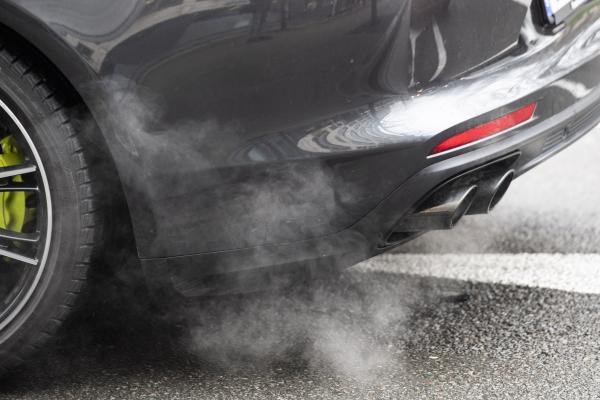
Nano or not nano? This is far from being a simple question.
Moreover, determining whether a substance qualifies as a nanomaterial can have significant legal implications, as these materials are subject to closer scrutiny because of their potential risks.
Nanomaterials have features like size of their particles set at extremely small scale: one nanometre fits a billion times in a meter. Nanomaterials are used in many fields, including in healthcare, energy and consumer products.
In June 2022, the Commission published a new Recommendation aimed at harmonising the interpretation of the term 'nanomaterial' in regulatory contexts. The updated definition of nanomaterials replaces the previous one released in October 2011 and presently used in several legislations including REACH – the main EU regulation on industrial chemicals.
The new definition makes it easier to identify nanomaterials. These materials consist of solid natural, incidental, or man-made particles and most of the particles are in the 1-100 nanometre range. It serves different policy, legislative and research purposes when addressing nanomaterials or issues concerning products of nanotechnologies.
It will facilitate the formulation of a single nanomaterial definition in EU legislation in the future, including on chemicals, novel food, cosmetics, biocides or medical devices; preparatons for updates have already begun in several sectors.
The new JRC report Guidance on the implementation of the Commission Recommendation 2022/C 229/01 on a definition of nanomaterial will help stakeholders to understand the new definition and will support its regulatory implementation as it is taken up by the legislation.
The guidance gives an overview of the key terminology and concepts, provides a decision tree to identify nanomaterials and addresses identification of nanomaterials through measurements.
New free course on nanomaterials
Along with the new guidance document, the JRC has launched a free course on nanomaterials in EU legislation available on the EU Academy. More specifically, participants will learn among other about:
- What a nanomaterial is and what makes it special in a legal context
- The Commission’s definition of nanomaterial and the challenges to implement it
- The EU legislative framework for chemicals and how it is implemented
- Understand why different pieces of EU legislation address chemicals and nanomaterials differently
Related content
Details
- Publication date
- 2 May 2023
- Author
- Joint Research Centre
- JRC portfolios




